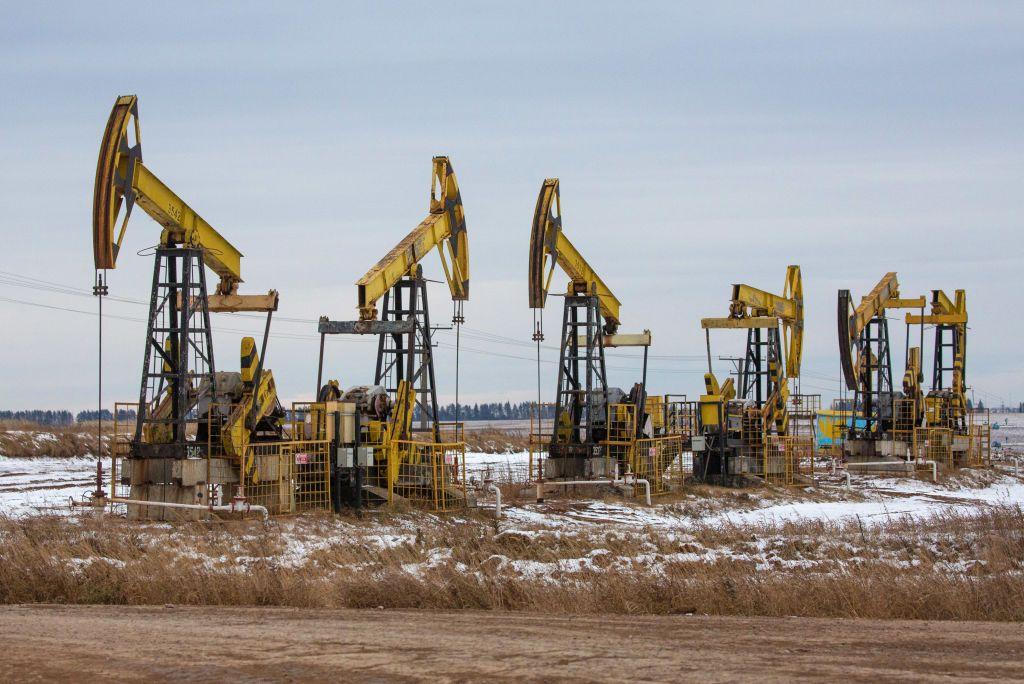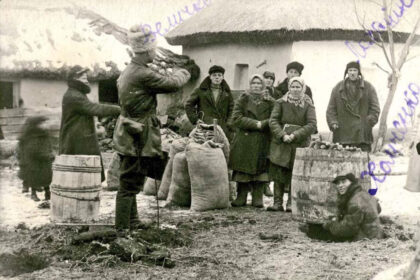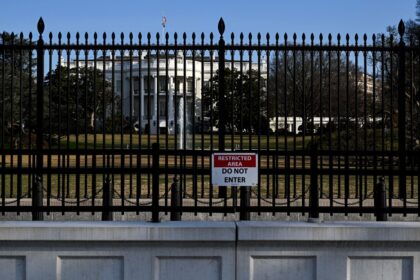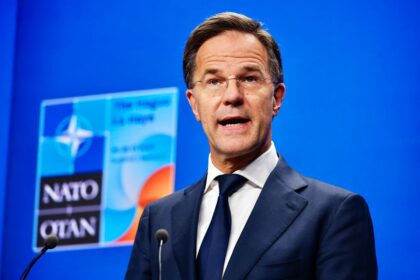**EU Slams the Brakes on Russian Oil Revenue**
The European Union is introducing a new dynamic price cap on Russian oil exports, starting from September 3. This move is part of the EU’s 18th sanctions package against Moscow, aimed at putting further pressure on Russia’s war-torn economy.
Under the revised system, the maximum allowable price for Russian seaborne oil exports will be calculated as 15% below the average global market price over the previous three months. Currently, that figure stands at $47.60 per barrel, down from a static $60-per-barrel limit introduced by the G7 in December 2022.
The new cap is designed to reduce Russia’s energy revenue without triggering a supply shock. It applies to EU and G7 companies providing services such as insurance and shipping for Russian oil shipments, which are permitted only if the crude is sold at or below the cap.
**A Blow to Putin’s War Chest**
Oil and gas revenues account for nearly one-third of federal income in Russia, making them critical to President Vladimir Putin’s war budget. As sanctions tighten, Russia’s fiscal outlook continues to deteriorate. The country’s Finance Ministry reported a 30% year-on-year drop in oil and gas revenue in July, marking the third consecutive monthly decline.
**A Global Effort**
The UK has joined the EU in backing the revised cap, aligning with Brussels’ move to deepen pressure on the Kremlin. This coordinated effort demonstrates the West’s commitment to squeezing Russia’s war economy while avoiding major disruptions in global energy markets.
**Trump Weighs In**
U.S. President Donald Trump has tied economic pressure to his push for a negotiated end to the war. He suggested that falling oil prices could force Putin to consider peace, and warned that additional secondary sanctions, including 100% tariffs on exports from countries that continue buying Russian oil, would take effect within days unless the Kremlin halts its invasion.
Read More @ kyivindependent.com












